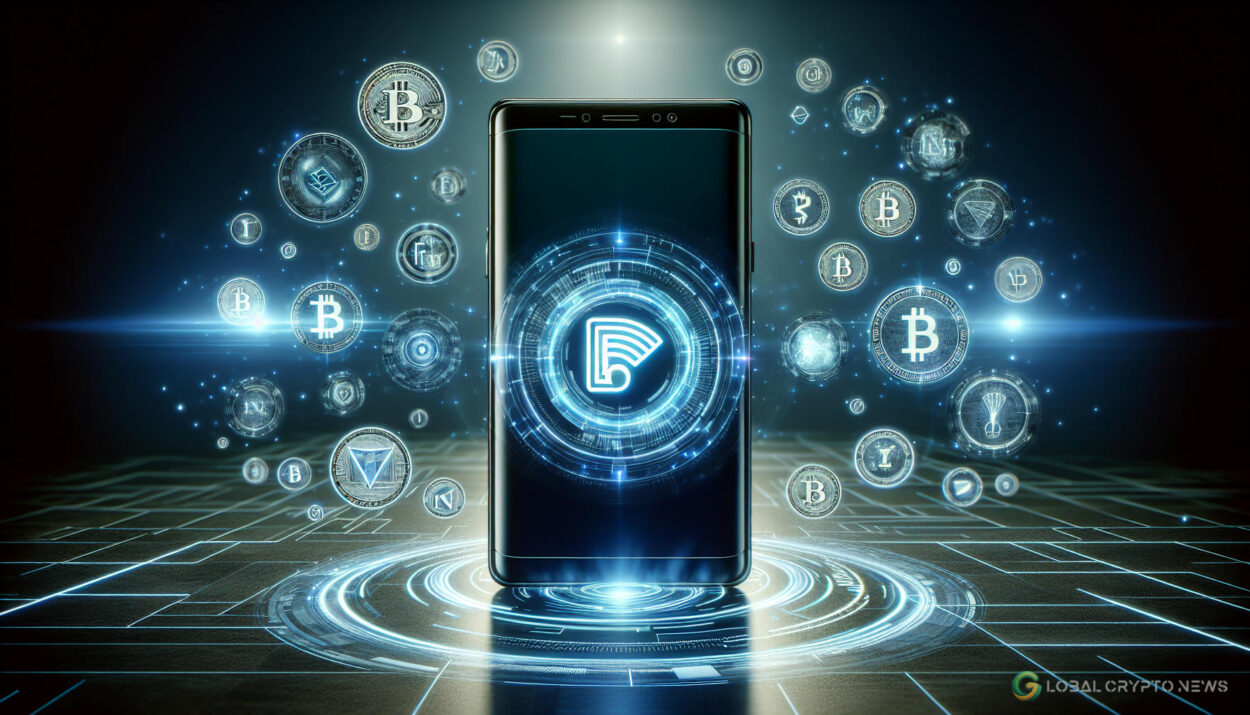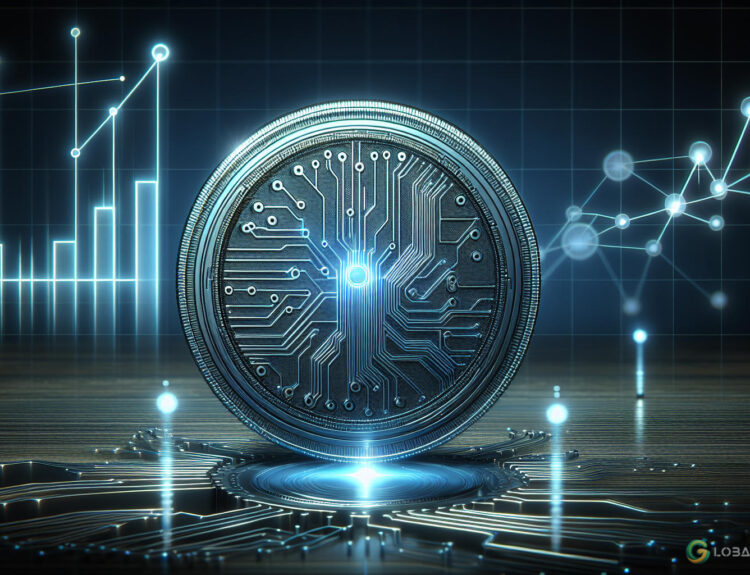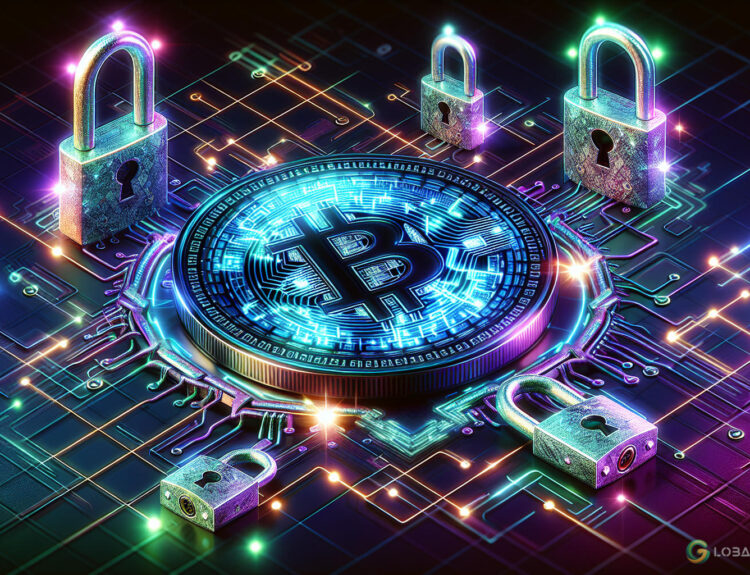Apple will open its iPhone payment chip to third-party developers, potentially broadening the use of cryptocurrencies on Apple’s tap-to-pay functions.
In a move following regulatory pressure, particularly from the European Union, Apple announced that it would allow developers to access its payment technology. This change, expected with the iOS 18.1 update, could have significant implications for the crypto sector.
The iPhone’s payment chip, powered by Near-Field Communication (NFC) technology, has been exclusive to Apple Pay, limiting competition in the mobile payment space. With the new policy, developers, including those in the crypto industry, can now access the NFC chip for in-store payments, transit fares, and other crypto uses.
This change could enable crypto wallets to integrate more seamlessly with iPhones, allowing users to make crypto transactions as easily as fiat ones.
Apple’s decision comes after the European Commission’s antitrust investigation, which alleged that Apple restricted rival mobile wallet developers. The company avoided hefty fines by agreeing to open up its NFC technology with binding commitments for the next decade.
For the crypto community, this development could lead to broader adoption of digital currencies by making them more accessible and user-friendly on a widely-used platform like the iPhone.
However, Apple will still charge “associated fees” and require commercial agreements, meaning that only developers who meet stringent security and regulatory standards will gain access.
Speculative Implications for Crypto
The move could impact platforms like Solana and Ethereum’s Layer 2 solutions, which offer low-cost, high-speed transactions. Solana stands out with its rapid finality and minimal fees, making it a strong contender for more widespread mobile payment adoption.
Meanwhile, Ethereum’s Layer 2 solutions, despite experiencing fluctuating fees, still present a more scalable and cost-effective alternative to traditional payment systems. This shift could accelerate competition among blockchains to seamlessly integrate with mainstream technologies, improving the usability and adoption of crypto payments in transactions.
Users with crypto holdings may prefer platforms like Solana and Ethereum’s Layer 2 solutions for their near-instant transaction finality and minimal fees, particularly in a mobile ecosystem where efficiency and speed are paramount.
This move certainly has the potential to foster broader adoption of cryptocurrencies for everyday payments, but much is still uncertain regarding Apple’s fees on transaction costs.
Stay updated with the latest crypto news on Global Crypto News.

























